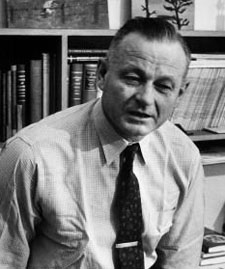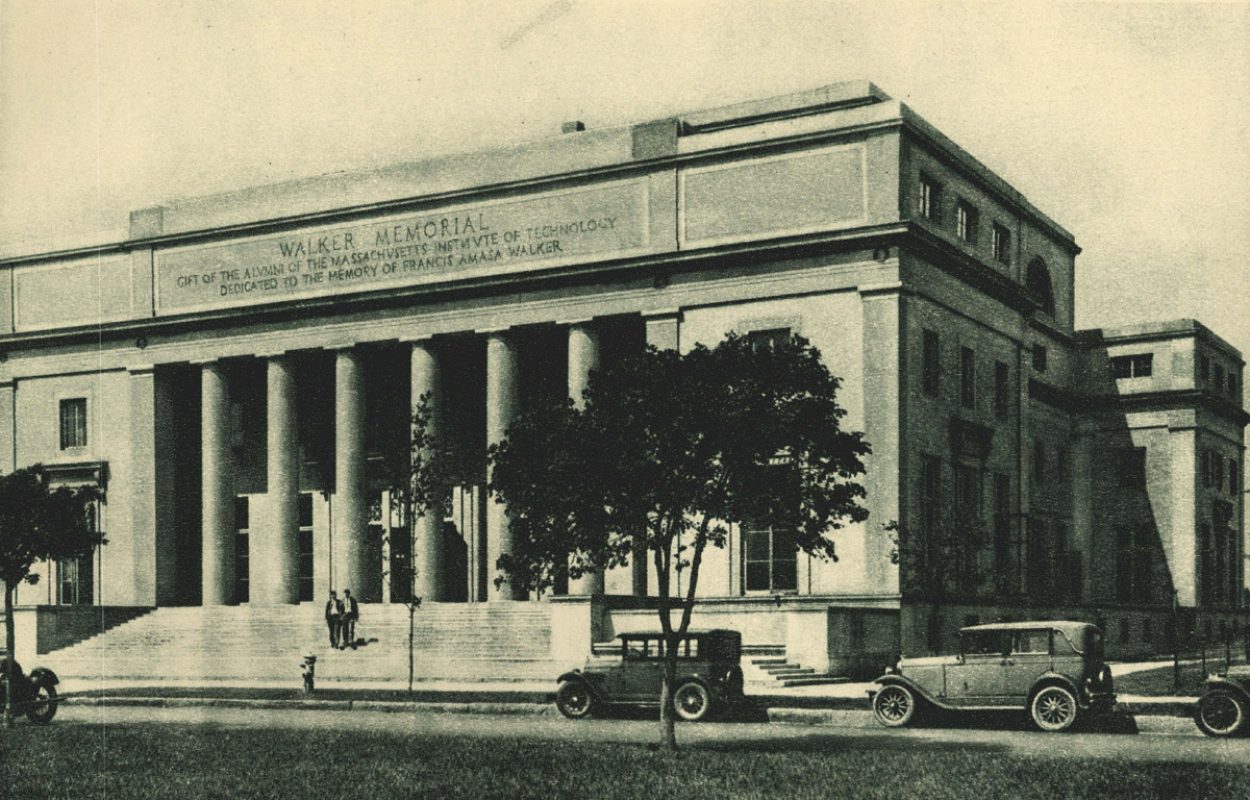Gordon Stanley Brown, 1907-1996
 Gordon Stanley Brown, 1907-1996, diploma in mechanical and electrical engineering, 1925, Royal Melbourne Technical School, Australia; S.B. 1931, S.M. 1934, Sc.D. 1938, all in electrical engineering, Massachusetts Institute of Technology, was an engineer with the State Electricity Commission in Victoria, Australia, from 1926 to 1929, when he came to MIT. After several years as an instructor, he became a member of the faculty of the Department of Electrical Engineering in 1939. He was assistant professor, 1939-1941, and associate professor, 1941-1946; he was made professor in 1946, Dugald C. Jackson Professor of Engineering in 1968, and Institute Professor in 1973. He was head of the Department of Electrical Engineering, 1952-1959, and dean of the School of Engineering, 1959-1968. He retired in 1974 as Institute Professor emeritus.
Gordon Stanley Brown, 1907-1996, diploma in mechanical and electrical engineering, 1925, Royal Melbourne Technical School, Australia; S.B. 1931, S.M. 1934, Sc.D. 1938, all in electrical engineering, Massachusetts Institute of Technology, was an engineer with the State Electricity Commission in Victoria, Australia, from 1926 to 1929, when he came to MIT. After several years as an instructor, he became a member of the faculty of the Department of Electrical Engineering in 1939. He was assistant professor, 1939-1941, and associate professor, 1941-1946; he was made professor in 1946, Dugald C. Jackson Professor of Engineering in 1968, and Institute Professor in 1973. He was head of the Department of Electrical Engineering, 1952-1959, and dean of the School of Engineering, 1959-1968. He retired in 1974 as Institute Professor emeritus.
In 1939 Brown established the Servomechanisms Laboratory at MIT and served as its director until 1952. The laboratory’s research included work that led to the Whirlwind Digital Computer, as well as the numerical control of machine tools and the development of the Automatically Programmed Tool System. During World War II Brown was consultant to the Fire Control Department of the Sperry Gyroscope Company, and from 1942 to 1944 he was War Department Consultant to the Fire Control Design Section of the Frankford Arsenal.
During his tenure as dean of the School of Engineering, he played an important part in the establishment of the Center for Materials Science and Engineering, the Center for Advanced Engineering Study, the Information Processing Services Center, and in Project Intrex. During the 1960s and 1970s, when MIT instituted several programs to assist developing nations to establish technological education and research institutions, Brown was an advisor on administrative and educational issues to institutions including the Birla Institute of Technology and Science in India, the Technical University of Berlin, the Ayra-Mehr University of Technology in Iran, and the University of Singapore.
Brown was a student of Vannevar Bush, Harold Hazen, and Norbert Wiener, and the subject of his doctoral thesis was the Cinema Integraph, one of the precursors to the analog computer. He continued to work in the field of computers and automation and made contributions in feedback controls, specifically for guns, radar, and industrial processes.
Prepared by the Institute Archives, MIT Libraries
November 1995
